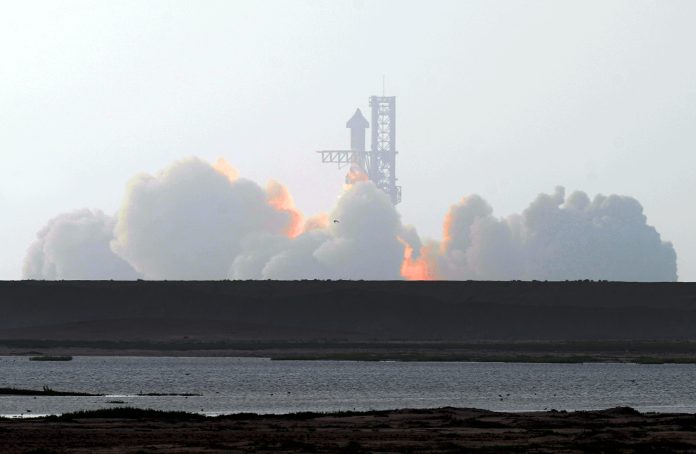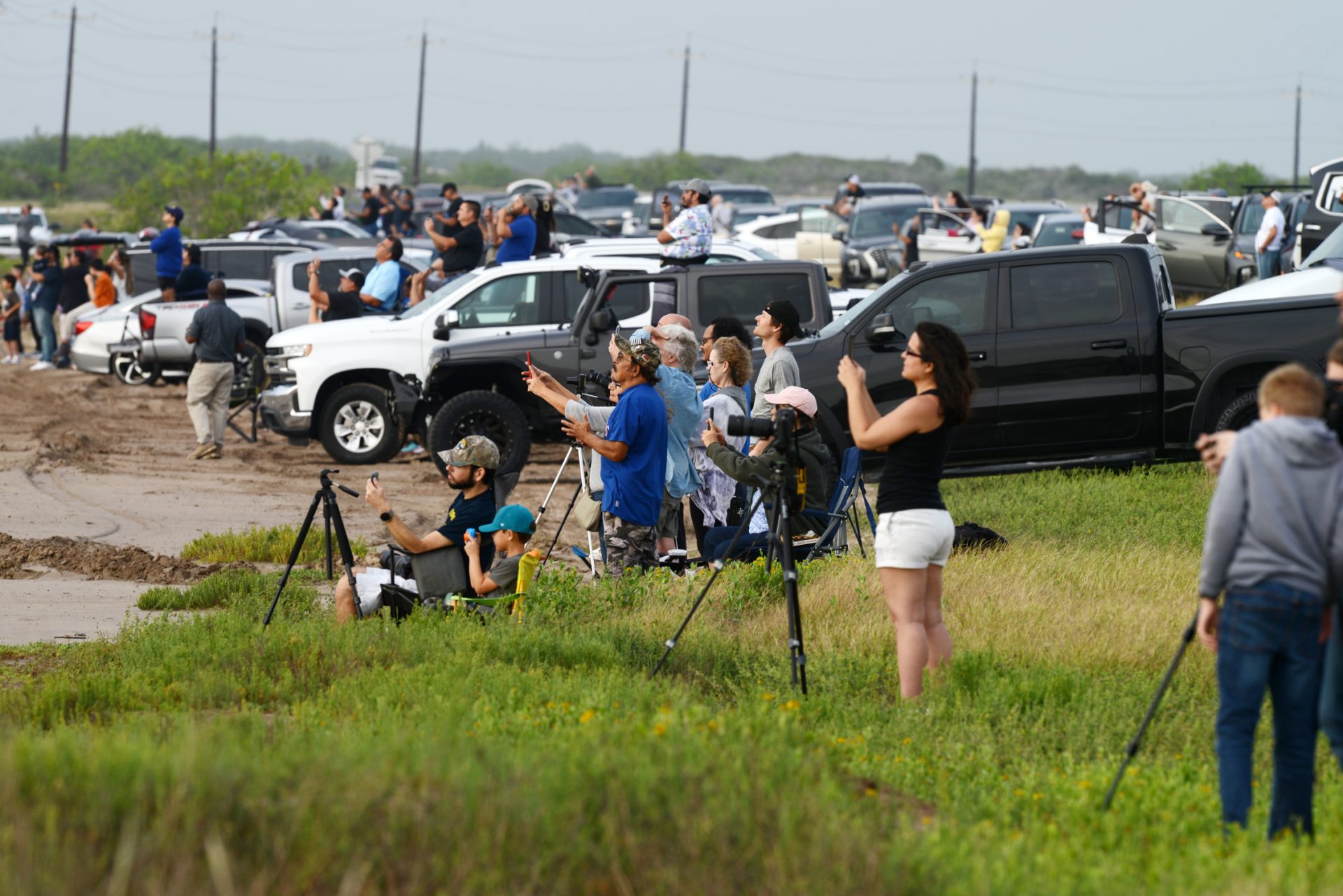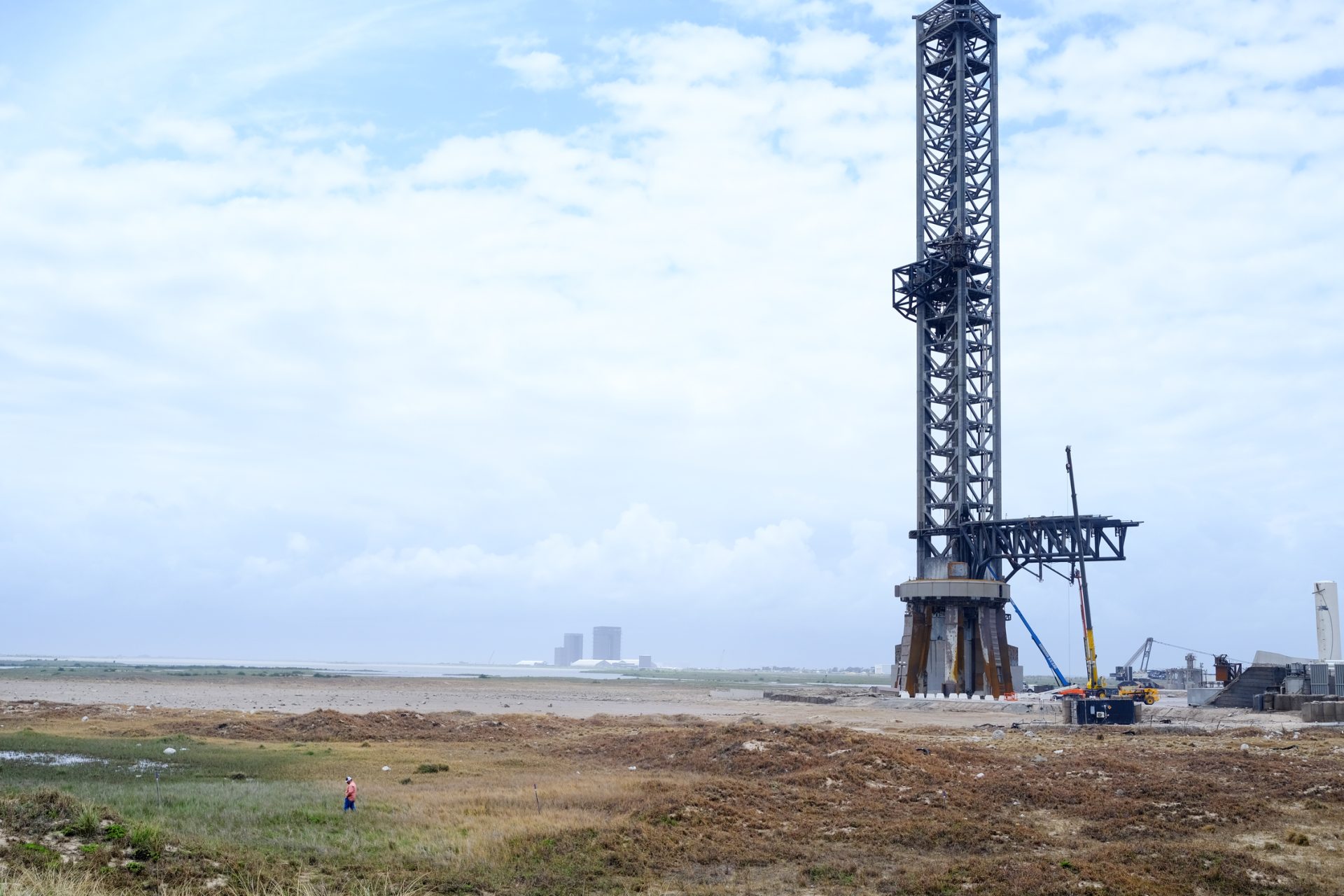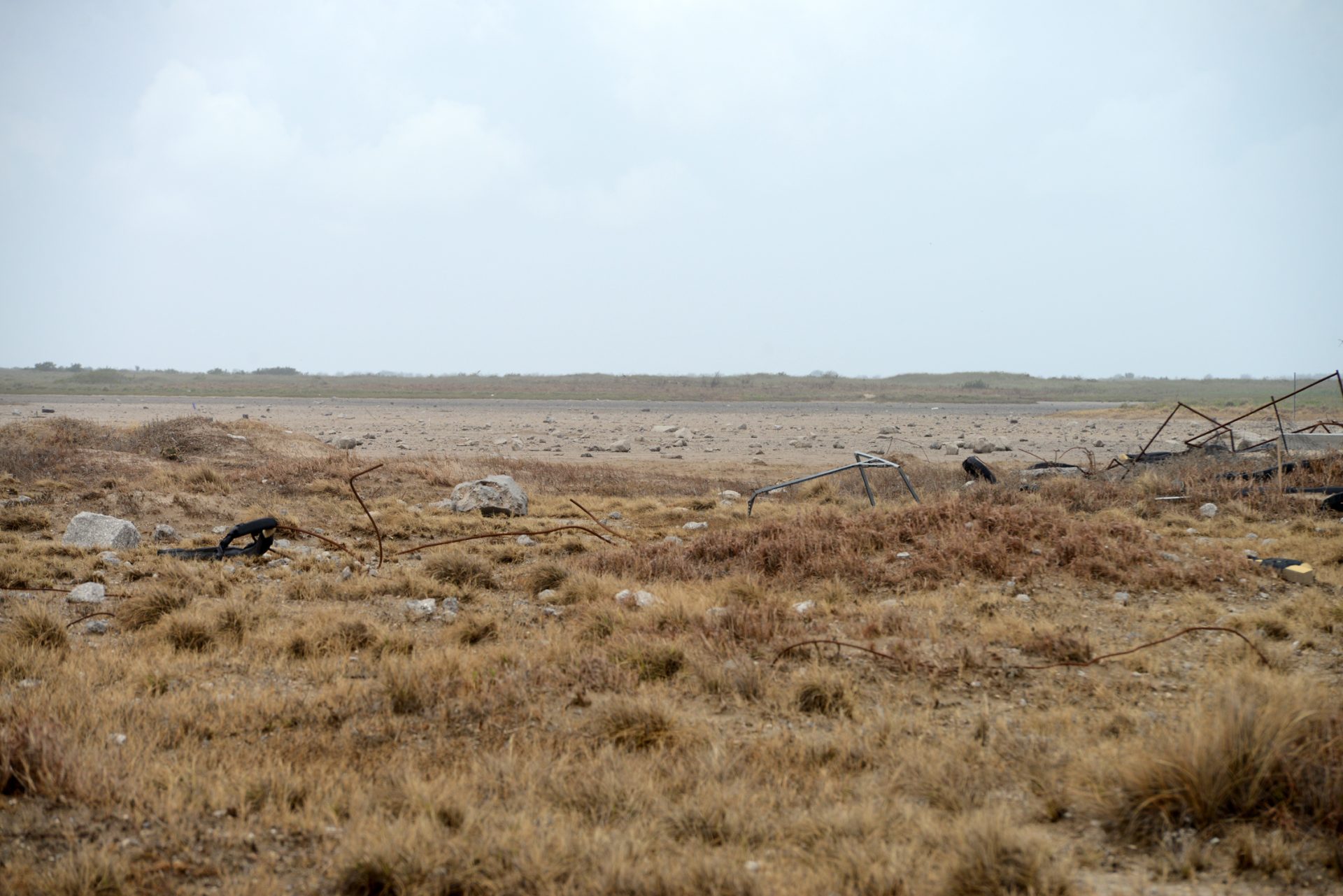
|
Only have a minute? Listen instead
Getting your Trinity Audio player ready...
|
The suit calls for a full environmental analysis to truly protect threatened and endangered species and ensure public beach access for all people.
A group of national and local environmental organizations on Monday filed suit against the Federal Aviation Administration for allegedly “failing to fully analyze and mitigate the environmental harms resulting from the SpaceX Starship/Super Heavy launch program at Boca Chica.”
The lawsuit comes in the wake of SpaceX’s first orbital flight attempt on April 20, when the force of liftoff shattered the concrete launch pad, strewing rubble hundreds of feet from the launch site. The ship itself was intentionally destroyed over the Gulf of Mexico at an altitude of about 24 miles four minutes into the flight via the onboard Flight Termination System, after the rocket veered out of control and its two stages failed to separate.
The plaintiffs, who describe the event as a “massive rocket explosion,” include the American Bird Conservancy, Center for Biological Diversity, Save RGV, and the Surfrider Foundation. Also a plaintiff in the suit is the Carrizo/Comecrudo Nation of Texas Inc., a nonprofit organization headquartered in Floresville.
The FAA on April 14 granted SpaceX an orbital launch license that expires in five years. On Sept. 26 the agency issued the results of the Final Programmatic Environmental Assessment (PEA) of SpaceX’s orbital test program at Boca Chica, along with a Finding of No Significant Impact (FONSI).

The FAA opted to conduct the PEA rather than the more comprehensive, time-consuming Environmental Impact Statement on SpaceX’s proposed activities, though the PEA required SpaceX to carry out more than 75 actions to mitigate environmental impact from the orbital launch program.
“Despite acknowledging the harm from SpaceX construction and launch activities, the FAA decided to forego a full environmental review, claiming the damages would not be ‘significant’ due to proposed mitigation measures,” claimed the plaintiffs in a statement.
“Today’s lawsuit argues that the proposed mitigation by the agency isn’t enough to prevent the launch program from causing significant environmental harm,” they said. “The agency hasn’t explained how mitigation would address and prevent rocket explosions and fires that could wipe out neighboring habitat. The suit calls for a full environmental analysis to truly protect threatened and endangered species and ensure public beach access for all people.”
Jared Margolis, senior attorney with the Center for Biological Diversity, said life on Earth needs to be protected “even as we look to the stars in this modern era of spaceflight.”
“Federal officials should defend vulnerable wildlife and front-line communities, not give a pass to corporate interests that want to use treasured coastal landscapes as a dumping ground for space waste,” he said.

The plaintiffs noted that SpaceX’s Boca Chica launch site is near prime habitat for protected species likes the Kemp’s ridley sea turtle and migratory birds such as the piping plover, while the 33-engine Super Heavy is the largest and most powerful rocket ever built.
They argued that rocket launches and explosions — an issue with some earlier test flights — cause “significant harm” due to an associated increase in vehicle traffic as well as intense heat and noise, plus noise and light pollution from construction activities. The plaintiffs pointed out that brush fires have been caused during some Boca Chica tests, including the April 20 launch.
Federal officials should defend vulnerable wildlife and front-line communities, not give a pass to corporate interests that want to use treasured coastal landscapes as a dumping ground for space waste.
Mike Parr, president of the American Bird Conservancy, noted that birds are in serious decline and shorebirds like the ones at Boca Chica are among the birds disappearing the fastest.
“Overall we’ve lost nearly 3 billion birds from the United States and Canada since 1970,” he said. “At what point do we say space exploration is great but we need to save habitats here on Earth as a top priority? For the sake of future generations, let’s protect the healthy habitats we have left instead of treating them as waste places for pollution and fuselage.”
Mary Angela Branch, a board member with the local group Save RGV, accused the FAA of failing to “fully analyze the dangers of a rocket test launch and manufacturing facility” near the Lower Rio Grande National Wildlife Refuge, characterizing it as “an astonishingly bad decision.”
“So many threatened and endangered species are counting on the agency to get this right,” she said.

At what point do we say space exploration is great but we need to save habitats here on Earth as a top priority? For the sake of future generations, let’s protect the healthy habitats we have left instead of treating them as waste places for pollution and fuselage.
While testing-related explosions at Boca Chica have scattered rocket parts over a wide area (particularly the midair explosion of Starship SN11 in March 2021), the April 20 launch of Starship SN24 and Super Heavy B7 coated the area mostly in concrete dust and chunks of launch pad — some big enough to destroy a car.
Also, a massive cloud of concrete dust and sand kicked up by the launch settled on the city of Port Isabel, more than 6.5 miles north-northwest of the launch site.
SpaceX founder and CEO Elon Musk said in an April 29 “Twitter Spaces” discussion of the launch that the SpaceX team didn’t expect the launch pad to be destroyed, and that “a lot of steel” will be in place under the next rocket to keep it from happening again.
“Debris was really just basically sand and rock, so it’s not toxic at all or anything,” he said. “It’s just like a sandstorm, essentially, basically a human-made sandstorm. But we don’t want to do that again.”
PREVIOUS COVERAGE:
>> FAA grants SpaceX license; clears way for Boca Chica launch
>> Historic launch: Starship test deemed success despite explosion
>> FAA investigating Starship explosion
>> Launch pad destroyed: Concrete rubble lands on Boca Chica Beach




